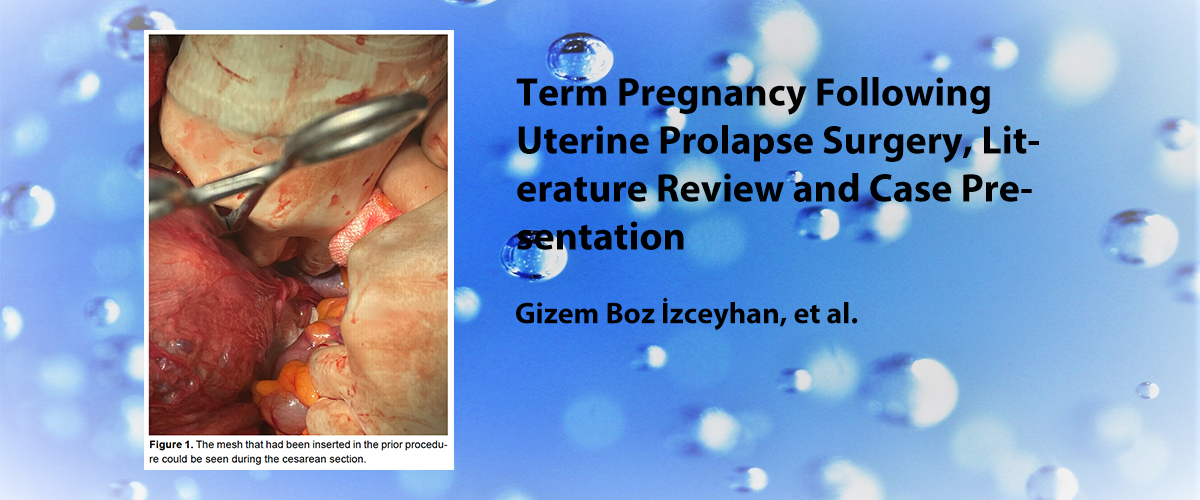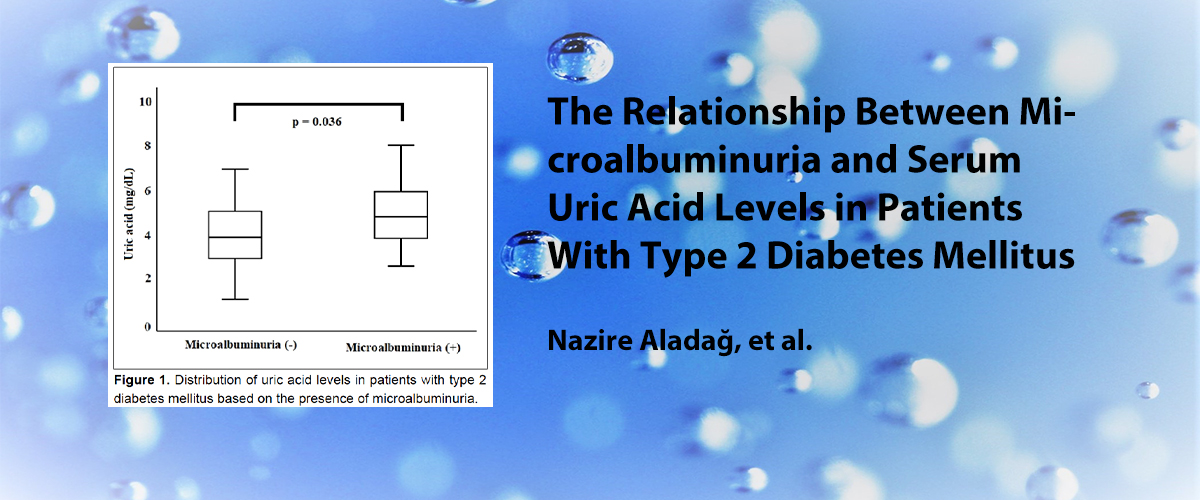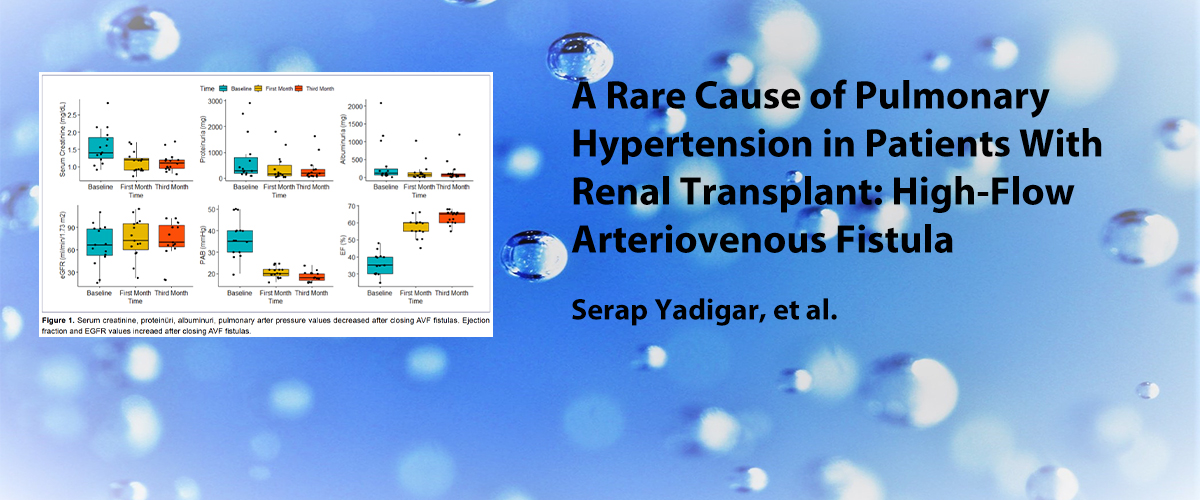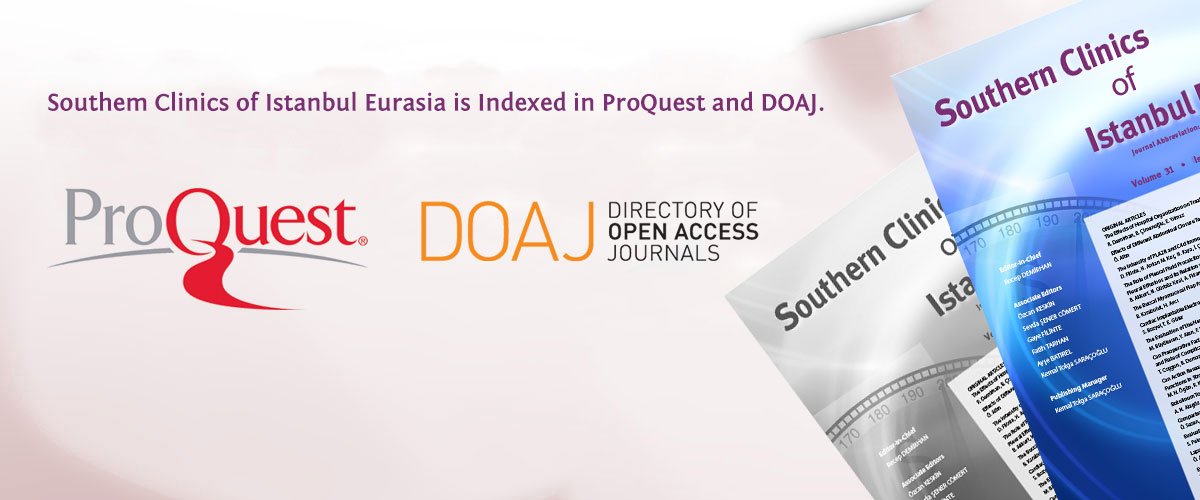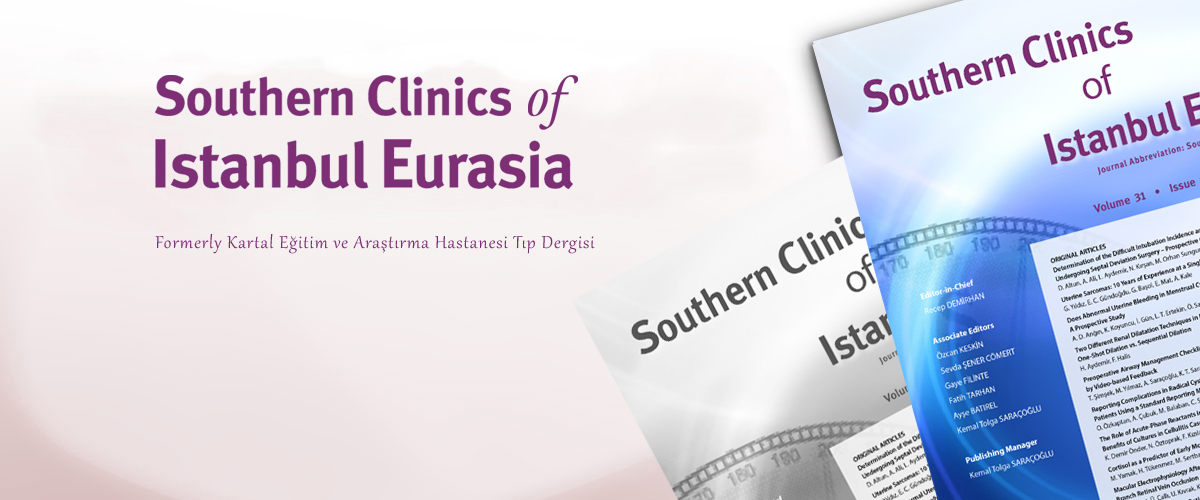ISSN : 2587-0998
Real-Time PCR Yöntemiyle HPV Çalışılan Hasta Grubunda Yüksek Risk HPV Prevalansı, Tipleri ve Eş Zamanlı Yapılan Servikal Sıvı Bazlı Sitoloji ile HPV Uyumu
Nagehan Özdemir Barışık1, Sevinç Hallaç Keser1, Aylin Ege Gül1, Engin Ersin Şimşek2, Hanife Gülnihal Özdemir11Kartal Dr. Lütfi Kırdar Eğitim Araştırma Hastanesi Patoloji Kliniği, İstanbul2Kartal Dr. Lütfi Kırdar Eğitim Araştırma Hastanesi Aile Hekimliği, İstanbul
GİRİŞ ve AMAÇ: Hastanemizdeki sıvı bazlı sitoloji yöntemiyle incelenen servikal sitoloji örnekleri ile eş zamanlı olarak real-time polimeraz zincir reaksiyonu (RT-PCR) yöntemiyle incelenen human papilloma virus (HPV) enfeksiyonunun prevalansını, en sık görülen tiplerini, normal ve anormal sitolojili kadınlardaki HPV tiplerini saptamak, HPVnin sitoloji ile uyumunu incelemek ve ülkemiz istatistiklerine katkıda bulunmaktır.
YÖNTEM ve GEREÇLER: Haziran 2016Mart 2017 tarihleri arasındaki 837 hasta geriye dönük olarak çalışmaya alındı. HPV tiplerini saptamada RT-PCR yöntemi, eş zamanlı alınan servikal sitoloji örneklerinde ise Thin Prep yöntemi kullanılarak hastalara ait servikal sitoloji materyalleri değerlendirildi.
BULGULAR: Sekiz yüz otuz yedi servikal sitolojinin 208inde (%24.9) skuamoz hücre atipisi (SHA) mevcut iken 629unda (%75.1) SHA görülmedi. SHA gösteren olguların 142sinde (%17.0) önemi belirsiz atipik skuamoz hücre (ASCUS], 53ünde (%6.3) düşük dereceli skuamoz intraepitelyal lezyon (LSIL), 13ünde (%1.6) yüksek dereceli skuamoz intraepitelyal lezyon (HSIL) mevcuttu. Sekiz yüz otuz yedi hastanın 344ünde HPV pozitifti (%41.1). En sık görülen HPV tipleri HPV tip 16, 18, 31, 51 idi. HPV prevalansı 30 yaş altı ve 50 yaş üstü kadınlarda daha yüksekti. HPV 16nın ve multipl suşlarının en sık görüldüğü yaş grubu 30 yaş altı gruptu. Tek suş olarak görülen en sık HPV tipi HPV 16 idi. HPV 16yı HPV 51, 31 ve 18 takip etmekteydi. Multipl en sık görülen HPV tipleri arasında HPV 16 ilk sırada iken bunu Tip 31, Tip 51 ve Tip 18 izlemekteydi. SHA gösteren olguların 132sinde (%63.5) HPV pozitifliği mevcuttu. SHA içermeyen 417 (%66.3) hastada HPV negatif iken 212sinde (%33.7) HPV pozitifti.
TARTIŞMA ve SONUÇ: Çalışmamızda en sık görülen HPV tipi HPV 16 idi. HPV prevalansında bimodal yaş dağılımı görülmekteydi. HPV prevalansı SHA derecesi ile korelasyon göstermekle birlikte SHA göstermeyen olgularda da RT-PCR ile yüksek oranda HPV pozitifliği saptandı. Bu durum HPV tipleri ve prevalansının belirlenmesinde, HPV pozitif hastaların gerektiği şekilde takip ve tedavi edilmesinde RT-PCR yöntemi ve sitolojik incelemenin birlikteliğinin önemini göstermektedir.
Prevalence of High-Risk Human Papilloma Virus and Identification of Type Using Real-Time Polymerase Chain Reaction Analysis and Liquid-Based Cytology
Nagehan Özdemir Barışık1, Sevinç Hallaç Keser1, Aylin Ege Gül1, Engin Ersin Şimşek2, Hanife Gülnihal Özdemir11Department of Pathology, Kartal Dr. Lütfi Kırdar Training and Research Hospital, İstanbul, Turkey2Department of Family Medicine, Kartal Dr. Lütfi Kırdar Training and Research Hospital, İstanbul, Turkey
INTRODUCTION: Cervical cytology samples were analyzed to determine the prevalence of human papilloma virus infection (HPV) and the most frequently observed types. Methods used to assess the presence of HPV were also evaluated.
METHODS: A total of 837 female patients who presented at the hospital between June 2016 and March 2017 were retrospectively included in the study. Real-time polymerase chain reaction (RT-PCR) analysis was used to detect the presence and identify the type of HPV, and a liquid-based cytology technique was also used to evaluate cervical cytology in concurrently obtained samples taken during a gynecological examination.
RESULTS: Of 837 cervical cytology samples, squamous cell atypia (SCA) was seen in 208 (24.9%) samples, and was not present in the remaining 629 (75.1%). Analysis of the samples with SCA revealed the presence of SCA of undetermined significance in 142 (17.0%), low-grade squamous intraepithelial lesion in 53 (6.3%), and high-grade squamous intraepithelial lesion in 13 (1.6%) samples. HPV-positivity was detected in 344 of the 837 patients (41.1%). The most frequently seen types were HPV 16, 18, 31, and 51. HPV prevalence was greatest in women younger than 30 years of age and those over 50. HPV 16 and multiple strains were most often seen in women under 30. HPV 16 was the most frequently seen single HPV strain, followed by HPV types 51, 31, and 18, respectively. HPV 16 was also most common among samples with multiple strains, followed by types 31, 51, and 18, respectively. HPV-positivity was detected in 132 (63.5%) patients with SCA. Of the 629 who had an SCA-negative result, HPV positivity was determined in 212 (33.7%) cases.
DISCUSSION AND CONCLUSION: The most frequently detected strain of HPV in this study was type 16. HPV prevalence demonstrated a bimodal age distribution. HPV was correlated with SCA; however, HPV-positivity was also observed using RT-PCR in cases without SCA. This indicates the importance of the combination of RT-PCR and cytological examination in the determination of HPV types and prevalence, and in the treatment and follow-up of HPV-positive patients.
Sorumlu Yazar: Nagehan Özdemir Barışık, Türkiye
Makale Dili: İngilizce




















